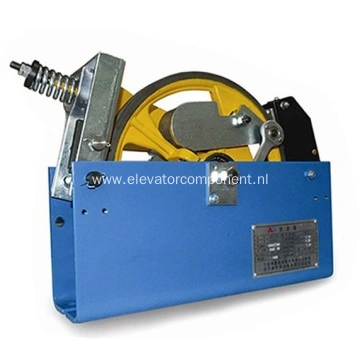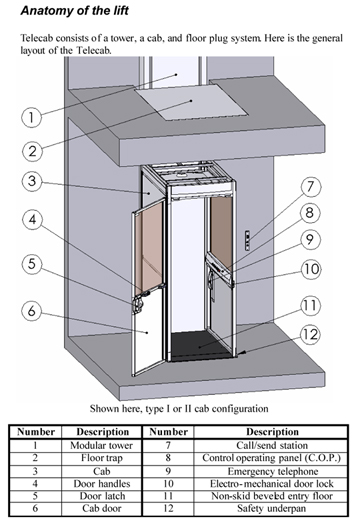Hydraulic Otis Elevator Phone Line Manual

Elevator Safety Division - On cable-suspended elevators with safeties, a no-load safety test must be done every twelve (12) months, as well as a rated-load safety test every five (5) years. Hydraulic elevators must have a rated-load relief valve test done every three (3) years. Hydraulic Elevators. The MVT Hydraulic Elevator is a time proven classic product with many years of built-in experience providing more ride comfort and simplicity in design, installation and maintenance. With all our elevator products, the customer is in the center. The MVT trademark is the custom designed and custom adapted elevator. The EECO Hydraulic Dampener (EHDN) is extremely effective in suppressing the sound and pulsation present in hydraulic elevator systems. The EHDN has a minimum burst pressure of 6000 psi with an ASME A17.1/CSA B44 allowable working pressure of 1200 psi. Also provide new hydraulic fluid for the new machine. Pump motor must be Leroy Summers, US Motors, or Century. Piping: (Hydraulic Elevators) 1. The piping, fitting, and valve must comply with ANSI/ ASME A17.1 section 303. Governor: (Traction Elevators) 1. Provide and install a new centrifugal type governor complete with electrical.
Have you ever wondered what an elevator mechanic is doing while servicing your elevator? Here is an insider’s look at the steps that most elevator companies use in their inspections. These are general guidelines. The steps the elevator mechanic takes during an inspection can get much more involved.
Inside the Car:
• Examine the interior of the elevator car for damage to the walls, ceiling, and handrails.
• Examine the position indicator lights and replace any burned out lights.
• Operate the elevator going up and down and check the leveling accuracy, acceleration, and deceleration. Make any adjustments deemed necessary.
• Check to make sure that the door moves smoothly and does not slam or bounce.
• Make sure the door restrictor operates properly and make any necessary repairs.
Outside the Car:
• Check the hall stations and lights and replace any burned out lights.
• Inspect the door panel and clearances.
• Test the Phase 1 firefighters’ service.
Machine Room:

• Make sure the machine room does not contain any material unrelated to the elevator.
• Check components for leaks, unusual vibration, or wear.
• Inspect electrical components for evidence of overheating or failure.
• Lubricate components, if necessary.
• Check the oil level.
• Make any necessary adjustments or schedule follow-up service.
Top of Car:
Otis Hydraulic Elevator Manual
• Check that the stop switch and inspection station function properly.
• Remove any debris from the top of the car.
• Inspect any visible components, including rollers, guide rails, and leveling devices.
• Check the traveling cables for wear and inspect connections.
• Inspect the door operator and its components.
• Check the hoistway for evidence of rodents, fire safety, and vandalism.
Pit:

• Make sure that the stop switch, lights, and GFI outlet function properly.
• Clean the pit and check for signs of leaks.
• Inspect the spring buffers for signs of corrosion, alignment, and secure attachment.
• Inspect all visible components, including rollers, guide rails, safeties, and switches.
• Check the travel cable for wear, pinches, and snags.
• Make sure the sump pump is clean and operating correctly.
Otis Elevator Maintenance Manual
Panasonic sdr h80 camcorder. The elevator mechanic must fill out a log and note any observations, problems, and recommendations.

Hydraulic Otis Elevator Phone Line Manual Free
Residential Elevators & Lifts
